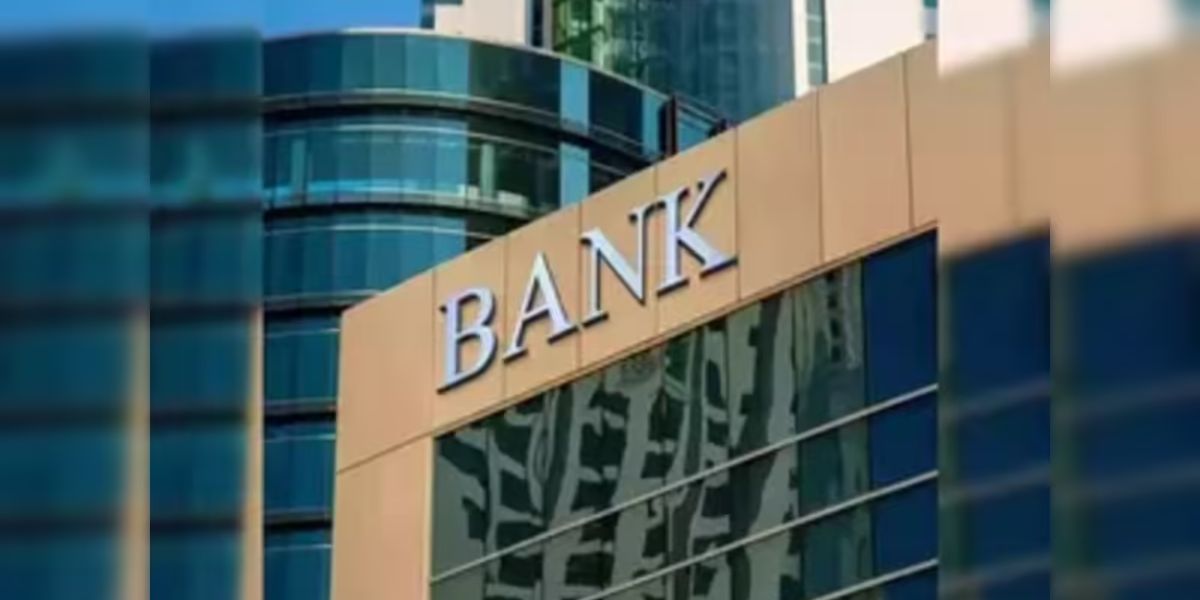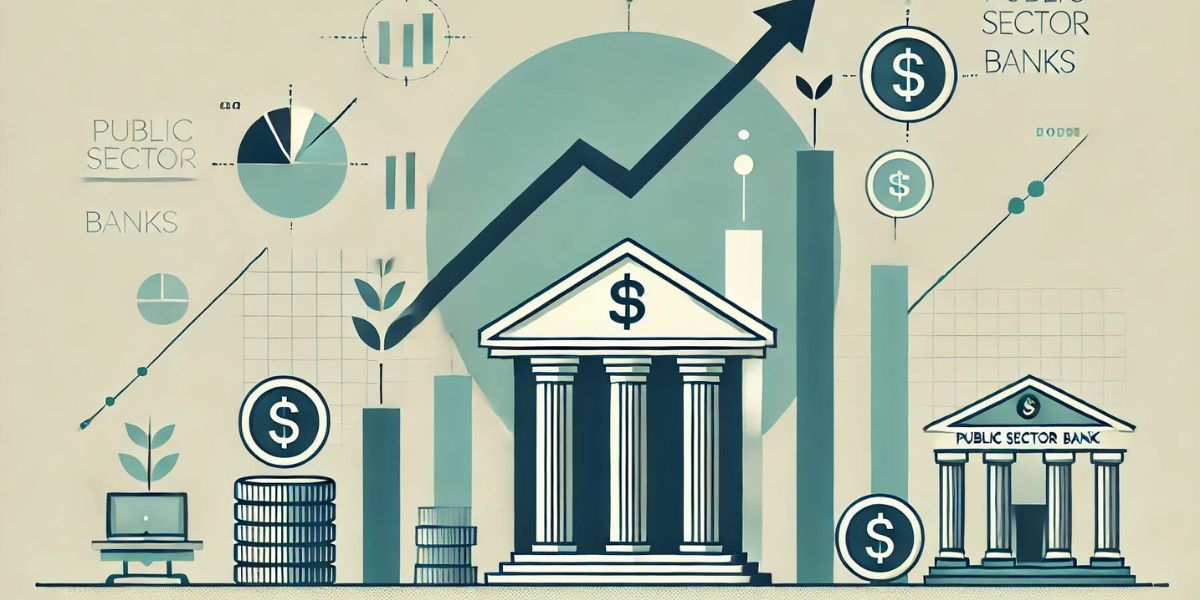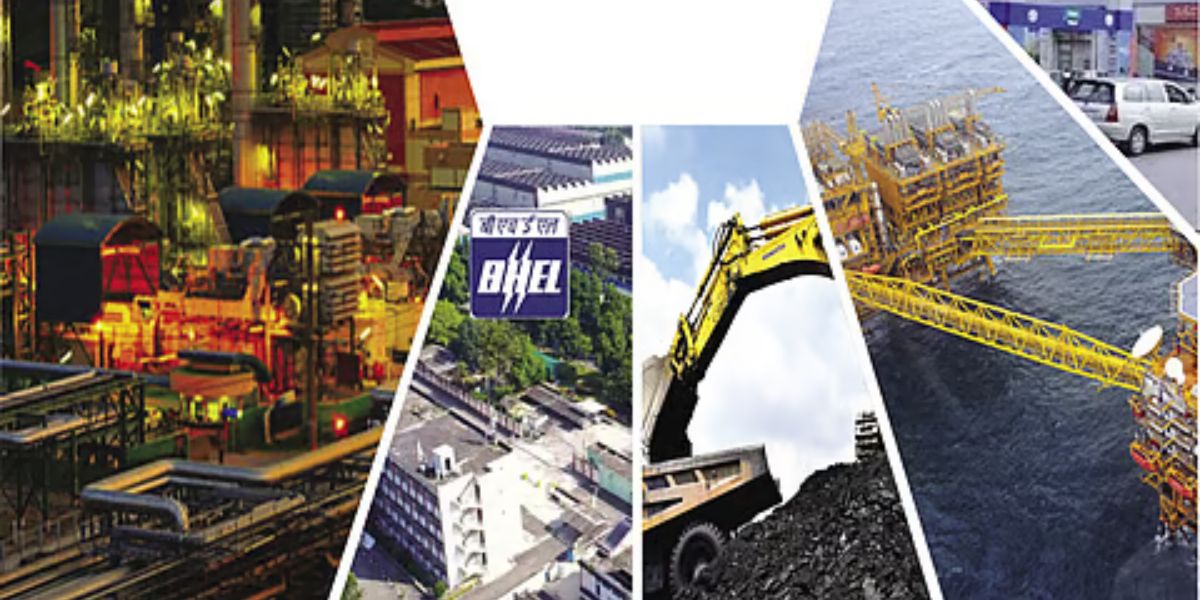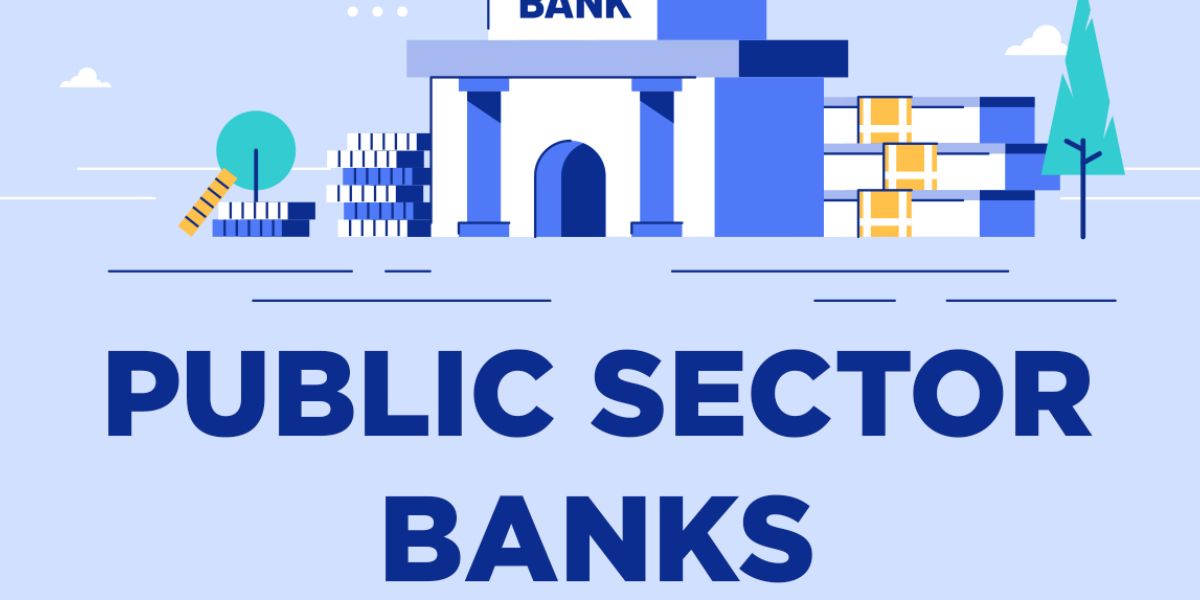Mumbai, India – The issue of Non-Performing Assets (NPAs) has long been one of the biggest challenges for India’s public sector banks (PSUs). Over the past decade, bad loans have strained balance sheets, limited lending capacity, and raised questions about risk management in the country’s banking ecosystem. However, 2025 marks a significant shift. With regulatory reforms, stricter recovery mechanisms, and technology-driven credit monitoring, PSU banks are taking decisive steps to address the NPA problem more effectively than ever before.
Understanding the Current NPA Scenario in 2025
As of 2025, India’s gross NPA ratio has dropped to its lowest in more than a decade, according to recent data from the Reserve Bank of India (RBI). This decline signals a major turnaround from the 2015–2020 period, when several PSU banks were burdened by stressed corporate loans. Improved recovery frameworks, asset sales, and better lending practices have helped stabilize the sector.
Table of Contents
NPAs—loans where the borrower fails to make scheduled repayments for over 90 days—once accounted for a significant portion of PSU balance sheets. Today, with improved credit discipline and risk assessment, most PSBs are reporting gross NPAs below 5%, compared to double-digit figures a few years ago.
Key Factors Behind the NPA Decline
Several factors have contributed to the reduction in NPAs across India’s public sector banks in 2025. These include both policy-driven reforms and technological innovations.
1. Strengthened Recovery Mechanisms
The government and the RBI have streamlined recovery frameworks through institutions like the National Asset Reconstruction Company Limited (NARCL), often referred to as the “bad bank.” This structure allows PSU banks to transfer stressed assets to NARCL, which takes on the task of resolving and liquidating them efficiently. The use of this centralized model has improved recovery rates and reduced the burden of bad loans on PSU banks’ balance sheets.
2. Focus on Preventive Credit Monitoring
PSU banks have adopted stronger internal mechanisms to identify potential defaults early. Advanced analytics, powered by artificial intelligence and machine learning, are helping banks flag early signs of stress in corporate and retail loan portfolios. Tools such as AI-based credit risk scoring and real-time loan performance monitoring enable proactive measures before loans turn non-performing.
3. Aggressive Write-Offs and Recoveries
In 2025, many PSBs have opted for targeted write-offs to clean up their books while continuing to pursue recoveries through Insolvency and Bankruptcy Code (IBC) proceedings. The IBC has emerged as one of the most effective tools in resolving high-value corporate NPAs, with quicker turnaround times and higher recovery ratios compared to older mechanisms.
4. Enhanced Governance aThe Role of Technology and Data Analytics
Technology has become one of the strongest allies in managing NPAs. PSU banks are using data-driven decision-making, integrating credit bureaus, GST data, and digital payment history to evaluate borrower reliability. By leveraging AI and predictive analytics, banks can identify at-risk accounts much earlier and restructure loans before they deteriorate into bad assets.
For instance, State Bank of India (SBI) has implemented an AI-based system that continuously monitors borrower behavior and detects irregularities in repayment patterns. Similar systems are now being replicated across other PSU banks, including Bank of Baroda (BoB) and Punjab National Bank (PNB).
Government and Regulatory Support in 2025
The Indian government and the RBI have provided consistent policy support to PSU banks to help manage NPAs. Key measures include:
- Recapitalization of PSBs: Continued capital infusions into PSU banks have ensured adequate provisioning and lending capacity, even during NPA cleanup phases.
- Revised Prudential Norms: The RBI’s updated Prudential Framework for Resolution of Stressed Assets emphasizes time-bound resolutions and stricter recognition norms.
- Public-Private Asset Sales: Collaborations with asset reconstruction companies (ARCs) and private investors have accelerated the sale of non-core assets and improved recovery efficiency.
These initiatives, combined with digital transparency measures, are restoring public and investor confidence in PSU banking operations.
Challenges That Still Remain
While PSU banks have made major progress, challenges persist. Certain sectors—particularly real estate, power, and small-scale industries—continue to pose NPA risks due to market volatility and delayed project completions. Additionally, smaller PSU banks may struggle to implement advanced technologies or attract high-quality borrowers compared to their larger counterparts.
Moreover, the NARCL mechanism, though effective, still faces hurdles in valuation disputes and legal delays. For sustained improvement, PSU banks will need to balance rapid recovery with sound lending practices and continue investing in risk management talent.
Future Outlook: Toward a Healthier Banking Ecosystem
The future of NPA management in India’s public sector banks looks more promising than ever. By 2025, PSU banks are moving toward a data-driven, accountable, and transparent credit culture. With continuous government backing, tech-enabled credit assessment, and stronger regulatory oversight, the Indian banking sector is well-positioned for long-term stability.
Experts predict that the gross NPA ratio for PSU banks could fall further below 4% by 2026, a level comparable with some private sector counterparts. The combination of structural reforms, improved risk governance, and growing financial discipline marks a turning point for India’s banking landscape.
Conclusion: A New Era for PSU Banking Stability
India’s public sector banks are no longer just cleaning up old NPAs — they are reshaping how lending, risk, and accountability work in the financial system. Through innovation, policy reforms, and disciplined management, PSU banks are turning one of their greatest weaknesses into a model for resilience. The focus is shifting from damage control to prevention, ensuring that India’s banking system remains robust, future-ready, and aligned with sustainable growth.
Want to stay updated on PSU banking reforms and financial sector insights? Visit indiapublicsector.com for the latest stories, expert analysis, and sector updates.









